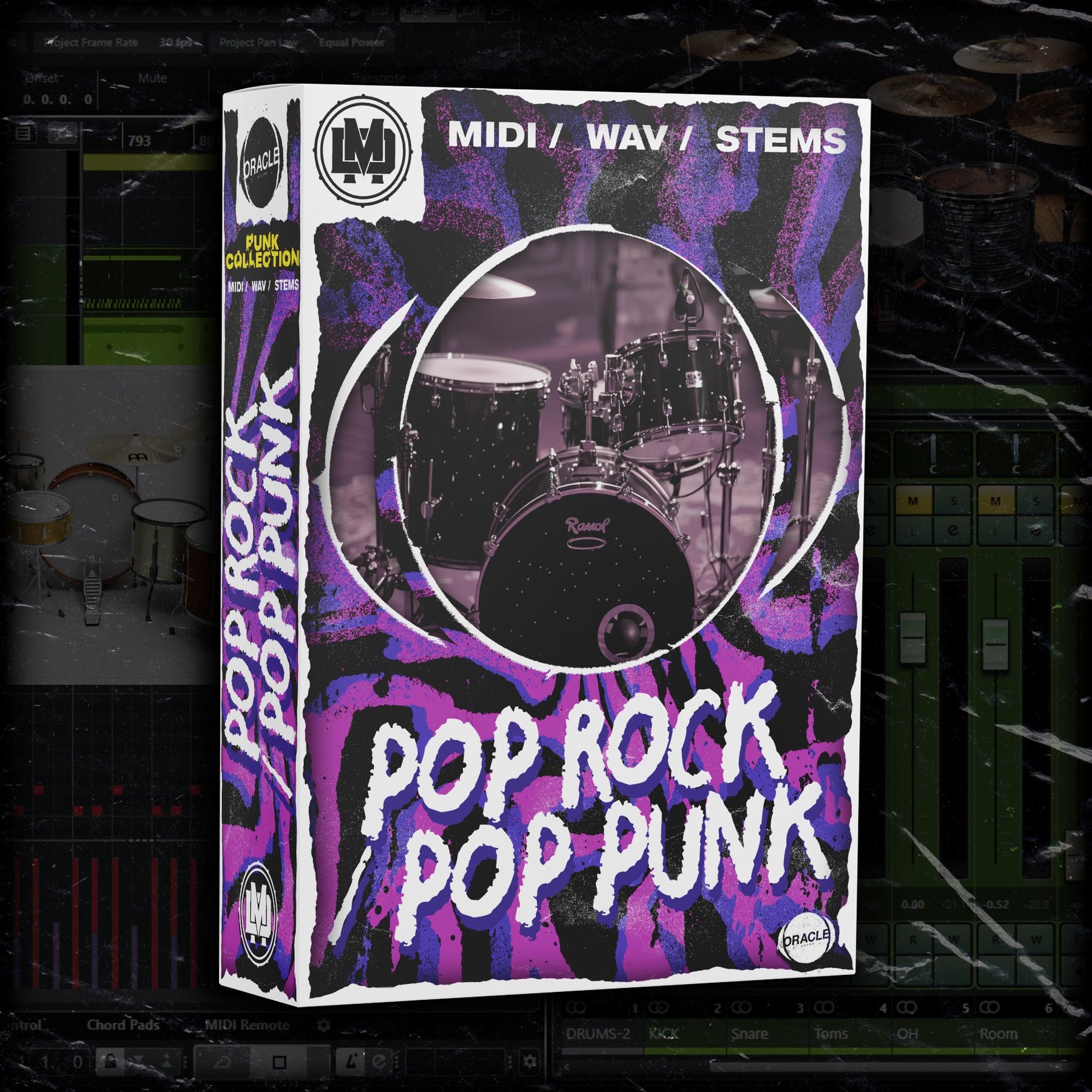How to Build Dynamic MIDI Drum Patterns for Any Genre
How to Build Dynamic MIDI Drum Patterns for Any Genre
Blog Article
MIDI drum habits are in the primary of modern audio production. They let musicians and manufacturers to produce energetic, adaptable beats that push a track's rhythm. Whether you're a novice or a veteran producer, understanding the fundamentals of fabricating midi drum patterns can elevate your audio creation skills. That manual covers all you need to know—from fundamental ideas to advanced techniques—to hobby powerful drum styles designed to your music.
What Are MIDI Drum Patterns?
MIDI (Musical Instrument Electronic Interface) drum designs are electronically produced sequences of drum beats developed in a DAW (Digital Music Workstation). Unlike noted sound, MIDI information includes details about the timing, message, velocity, and length of records, giving complete get a handle on over all facets of the beat.
With MIDI, companies may test out endless drum systems, tune rhythms, and layer looks to generate beats for styles including hip-hop to electric to rock. The flexibility of MIDI helps it be an important instrument for music production.

The Developing Blocks of a Drum Design
Developing a good MIDI drum design begins with understanding the components of a drum set and their functions in shaping flow:
Stop Drum: Types the inspiration of the beat. It offers the thud or low-end punch that drives the rhythm.
Snare Drum:Brings power and stress, frequently producing the break noise heard on the 2nd and 4th defeats in many genres.
Hi-Hats: These come in two types (closed and open) and put groove and variation with consistent patterns.
Toms: Complete transitions or include dynamics to your patterns.
Crash and Trip Cymbals: Used for decorations and to mark transitions inside a song.
Measures to Develop MIDI Drum Designs
Stage 1: Begin with a Standard Structure
Lay down a straightforward 4/4 beat. Work with a stop drum on beats 1 and 3 and a snare on beats 2 and 4. Add consistent hi-hats on every eighth observe to help keep the beat moving. That ensures a solid foundation.
Step 2: Put Difficulty
When your simple rhythm is in place, introduce variation. Put offbeat hi-hat hits, cat records on the snare, or syncopation to create a rhythm that thinks alive and engaging.
Step 3: Focus on Speed and Humanization
One frequent issue with MIDI drum styles is they can sound robotic if every note is performed at exactly the same velocity. Modify velocities to simulate the dynamics of a real drummer's performance. Also, try out slight moment changes to humanize the rhythm.
Stage 4: Integrate Fills and Changes
Drum floods are critical for tagging changes between tune sections. Use tom rolls, snare floods, or cymbal accidents to include excitement and action to your styles, maintaining fans engaged.

Stage 5: Try out Types
Investigate various genres to develop your understanding of drum patterns. Hip-hop defeats may possibly feature swung hi-hats and syncopated sneakers, while electric music usually employs intricate grid-based coding and layered percussion.
Methods for Elevating Your Defeats
Layer Your Seems: Mix samples or drum appears to generate bigger, more bumpy beats.
Use Effects Tastefully: Put reverb, delay, or compression to individual drum elements for an even more finished sound.
Study Real Drummers: Analyze drum performances in your favorite songs to comprehend groove and rhythm styles better.
Open Endless Creativity with MIDI
Learning MIDI drum habits allows you to innovate and conform defeats to generally meet the requirements of any track. By blending technical accuracy with innovative experimentation, you are able to art rhythms that drive your music and leave an enduring impact. Start exploring nowadays and tap into the boundless possibilities of MIDI for your drum production.
Report this page